A treatment called an upper GI endoscopy, often known as an EGD (esophagogastroduodenoscopy), is used to identify and treat issues with the upper GI (gastrointestinal) tract as said by a cancer surgeon in Kolkata, Dr. Soumen Das.
Your food pipe (esophagus), stomach, and the first segment of your small intestine (the duodenum) make up the upper GI tract.
An endoscope is a long, flexible tube used for upper GI endoscopy. On one end of the tube, there is a little light and a camera. It is then gently pushed into your duodenum from your stomach and esophagus. On a monitor, video pictures from the tube are shown.
Why is upper GI endoscopy used?
In order to identify and treat symptoms and diseases that affect the esophagus, stomach, and upper intestine or duodenum, a cancer surgeon employs upper GI endoscopy.
Upper GI endoscopy can assist in identifying the source of unexplained symptoms, including
- Constant heartburn
- Bleeding
- Vomiting and nausea
- Pain
- Swallowing problem
- Unexplained weight loss
An upper GI endoscopy can be performed to detect conditions like:
- GERD (gastroesophageal reflux disease)
- Strictures or narrowing of the esophagus
- Esophageal veins that are larger than usual
- Ulcers
- Tumours that be either cancerous (malignant) or non-cancerous (benign)
- The stomach moving upward and either entering or passing close to your esophagus (hiatal hernia)
- Damage brought on by ingesting very dangerous (caustic) items such as household chemicals and detergents
- Celiac disease
- Upper gastrointestinal Crohn’s disease
- Upper GI tract infections
Problems with the upper GI tract can also be treated with an upper GI endoscopy as suggested by one of the best cancer doctors in Kolkata. The technique can be applied to:
- Control bleeding
- Remove tumours (polyps)
- Open up and widen confined spaces
- Remove anything that could be stuck.
- Perform laser treatment
- Put a percutaneous gastrostomy tube, which is used for tube feeding, into the stomach.
- Band abnormal veins in your esophagus (esophageal varices)
- Gi fluid or tissue samples can be collected using an endoscope. After surgery, an upper GI endoscopy may also be performed to examine your duodenum and stomach.
Additionally, doctors use upper GI endoscopy to:
- Treat diseases such as bleeding from ulcers, esophageal varices, etc.
- Enlarge or open up strictures using a small balloon passed via the endoscope
- Clear objects, including food that may be stuck in the upper GI tract
- Remove polyps
- Place feeding tubes or drainage tubes
Cancer doctors are also starting to use upper GI endoscopy to perform weight loss procedures for some people with obesity. For further information on upper GI endoscopy, consult with Dr Soumen Das.


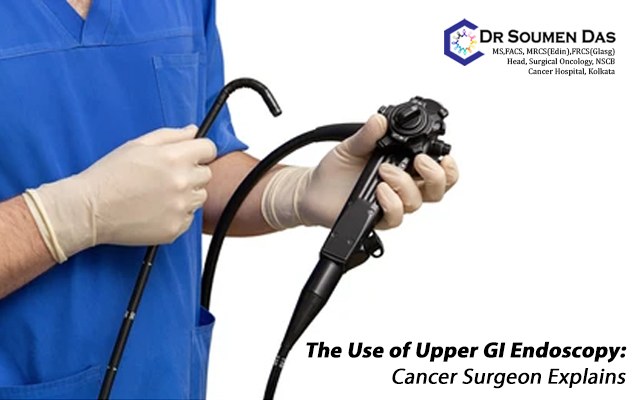
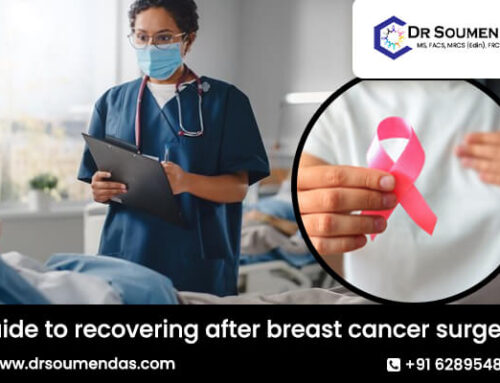
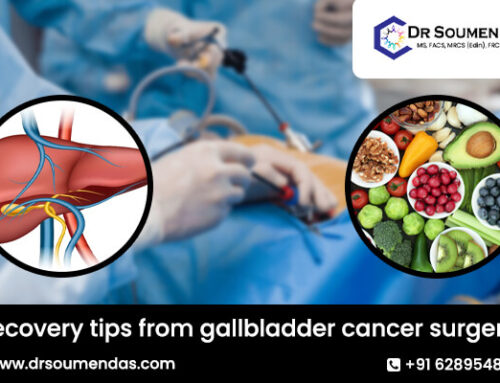
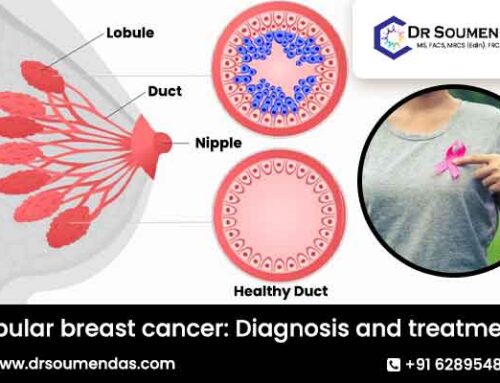
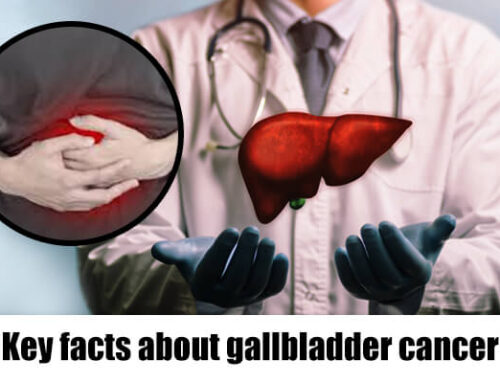
Leave A Comment